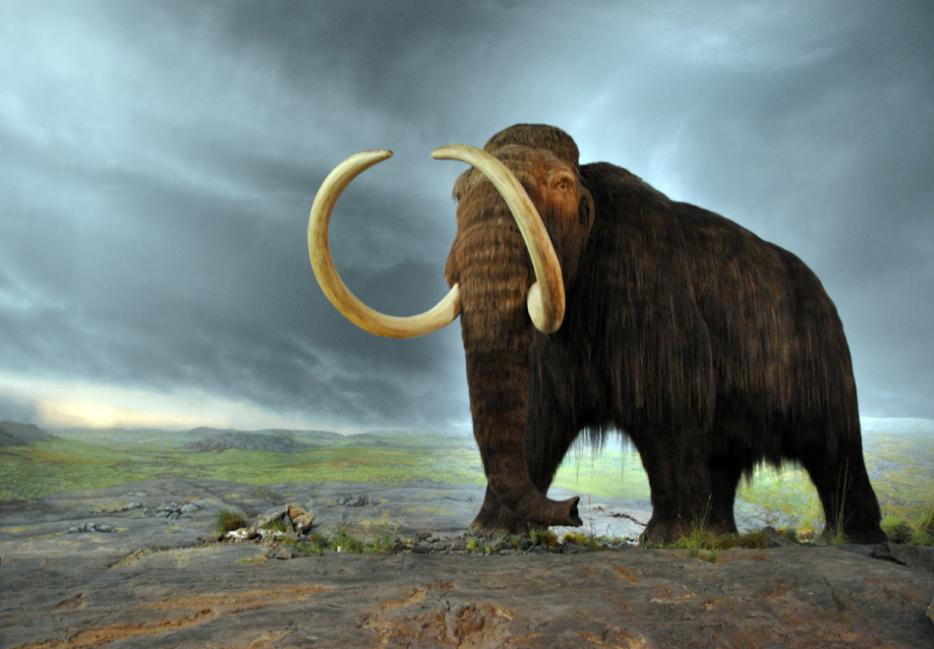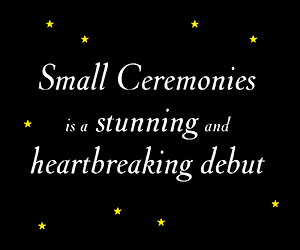For about as long as we’ve been modern humans, we’ve been introducing animals to the graveyard of species. As homo sapiens moved out of the well-settled areas of Eurasia into the Americas and Australia, the result was a massive die-off of large, and one presumes delicious, animals. In fact, hunting is only one hypothesis for the Pleistocene-Holocene extinctions, but many of the others put the spread of humans—and our animal and viral companions—at the scene of the crime.
The massacre began again as people of European stock, modern weaponry, and the wonders of the unfettered free market combined to drive a host of new extinctions, or close calls, in the late 19th and early 20th centuries. By 1890, the American bison that had numbered in the tens of millions before the arrival of Europeans were reduced to a few hundred. And the passenger pigeon was hunted from billions to zero on September 1, 1914—as a massacre of an entirely different kind was beginning in Europe.
But hey, maybe we get a second chance? Stewart Brand, known by our parents for founding the Whole Earth Catalog and known by contemporary business reporters for changing his tune about nuclear power, is trying to bring back the passenger pigeon. The methods for doing so are increasingly within our grasp, and could theoretically be used to bring back any number of other species, up to and including the ones that we wiped out back when glaciers covered most of the northern hemisphere. (No dinosaurs, Jurassic Park fans/breathing humans.)
Assuming the methods work, we’re almost certain to actually pull the trigger on these de-extinctions, because, in the precise language of an article in the journal Science, “It would surely be very cool” for kids to be able to see a live mammoth. It’s also likely to be pretty lucrative—a winning combination.
There are, of course, ethical quandaries. Such as the fact that, thus far, the processes involved are pretty cruel to subject animals, and have a 100% mortality rate. Or the concern from some conservationists that, if people know species can be resurrected, there will be less of an impulse to preserve them in the first place.
But a more basic problem is asking where we’re going to put all these new animals once we have them. You may have noticed, but we’re not sharing the world with the ones that still exist terribly well. On top of that, the amount of legitimately wild space on Earth is small and shrinking rapidly. Restoring the ecosystem of the Siberian steppes to a Pleistocene state, if it’s possible at all, is likely to find itself in competition with the furious demand for the energy and mineral commodities in Russia’s Far East, and we don’t need to guess which one will win out. The energy and mining companies on this planet are the Harlem Globetrotters, and the conservationists, despite a handful of important victories, are the Washington Generals.
We’re seeing that exact competition play out in North Dakota, where policies designed to preserve habitat for plains wildlife, inlcuding Buffalo—that near-miss on the extinction chart—is being threatened by that state’s fracking boom.
So we’re left with the prospect of a scientific gimmick that a) might not work, but if it does, b) is liable to be grotesquely cruel to animals, and c) will breed extinct animals that we aren’t likely to have room for outside of a handful of well-capitalized zoos. None of that is going to keep us from doing it, of course (see above, re: “really cool”). Hell, given the state of the world, we should keep an eye out for mammoth steaks winding up on the expense reports of Goldman Sachs executives by 2020 or so. After all, it’s a pretty solid bet it’s delicious.





